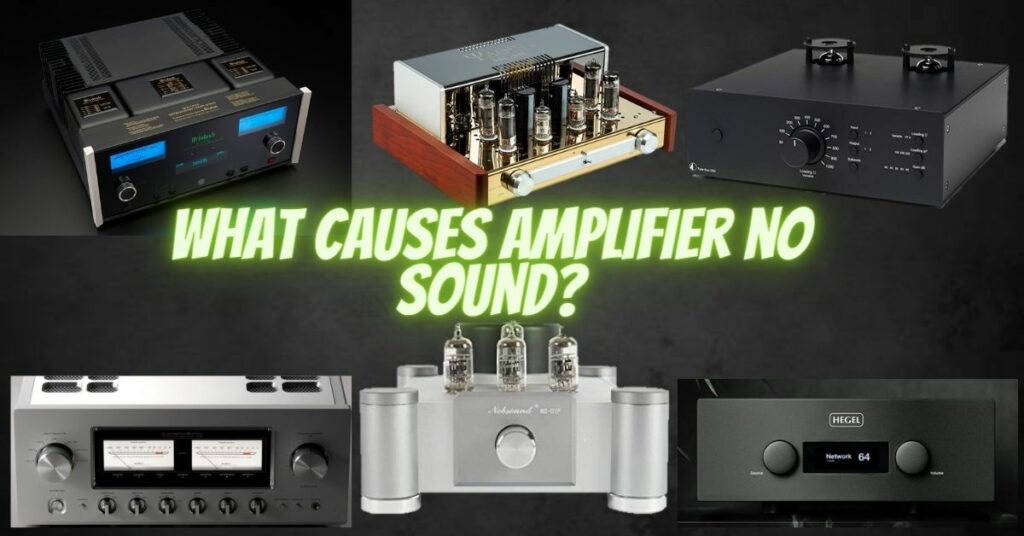There’s nothing quite as frustrating for an audio enthusiast as turning on their amplifier, hitting play, and realizing there’s no sound. Amplifiers are essential components in any audio setup, and when they fail to produce sound, it can be due to a variety of factors. In this article, we’ll explore the common causes of no sound from an amplifier and provide solutions to help you troubleshoot and rectify the issue.
1. Power Issues:
Cause: One of the most common reasons for no sound is a lack of power. If the amplifier is not receiving power or if there’s an issue with the power source (outlet, power cable, or fuse), it won’t function properly.
Solution: Check the power cable, the outlet, and the amplifier’s power switch. Ensure that the amplifier is plugged in and the power source is working correctly. If there’s a blown fuse, replace it with one of the same rating.
2. Input Source Problems:
Cause: Sometimes, the issue might not be with the amplifier but with the input source. Ensure that the source (such as a CD player, turntable, or streaming device) is functioning properly and is connected correctly.
Solution: Check the connections between the source and the amplifier. Test the source with another audio system to ensure it’s working. Ensure the source is set to an appropriate volume level.
3. Speaker Issues:
Cause: Faulty or disconnected speaker wires, damaged speakers, or problems with the speaker selector switch can result in no sound output.
Solution: Inspect the speaker wires for any damage or loose connections. Make sure the speaker selector switch is set to the correct output. Test the speakers with another audio source to ensure they’re functional.
4. Mute or Volume Control Settings:
Cause: Mute or low volume settings on the amplifier can easily result in no sound.
Solution: Check the amplifier’s volume control to ensure it’s not set to zero or muted. Gradually increase the volume and listen for any sound. Also, ensure any tone or balance controls are properly set.
5. Faulty Cables and Interconnects:
Cause: Damaged or loose cables and interconnects can lead to a lack of sound transmission.
Solution: Inspect all cables and interconnects. Make sure they are securely connected and free from damage. Replacing damaged cables can often resolve sound issues.
6. Protection Circuit Activation:
Cause: Some amplifiers have built-in protection circuits that can activate when there’s a problem, such as overheating or a short circuit.
Solution: Check for any warning lights on the amplifier that indicate a protection circuit is activated. Let the amplifier cool down if it’s overheating, and ensure there are no short circuits in the speaker wires.
7. Internal Component Failure:
Cause: Amplifiers contain various internal components that can fail over time, such as transistors, capacitors, or power supply components.
Solution: If you’ve ruled out all other potential issues and there’s still no sound, the problem may be an internal component failure. In this case, professional repair or servicing may be necessary.
Conclusion
When your amplifier produces no sound, it can be a frustrating experience, but many potential causes are easily solvable. By systematically checking power sources, input devices, speaker connections, and amplifier settings, you can often identify and rectify the issue. However, if the problem persists, or if you suspect internal component failure, it’s best to consult a professional audio technician or repair service to ensure your amplifier is back in working order and producing the quality sound you expect.


